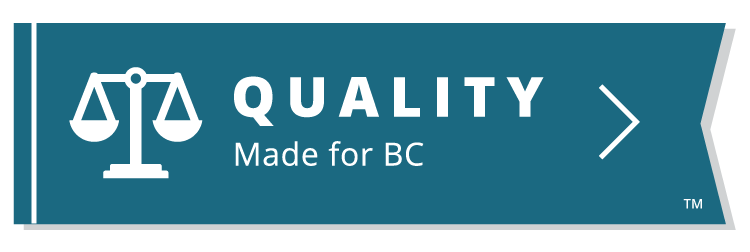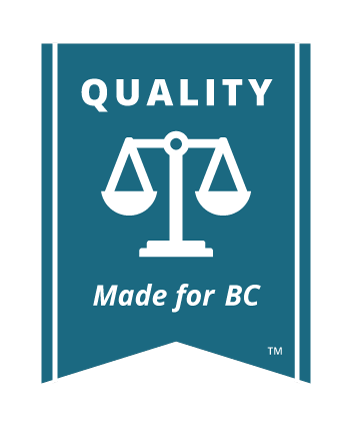Avoiding Trial Basics
There are procedures that can be used in certain cases to avoid a full trial.
Specifically:
- Discontinue a Claim: Whether the matter has been settled out of court or the claimant no longer wants to continue, the case can be ended
- Striking Pleadings: Striking pleadings is an option to have the Court partially or completely disallow a notice of civil claim, response, or other pleading if the pleading is scandalous, frivolous, or vexatious (see Rule 9-5)
- Summary Judgement: Summary judgment is another way to resolve a lawsuit before trial. Such an application is brought where the plaintiff can prove that there is no reasonable defence to the claim, or the defendant can prove that the plaintiff has no reasonable claim against them
- Summary Trial: Summary trials are based on written evidence (e.g., affidavits, interrogatories, expert reports, and written argument) rather than hearing the evidence of witnesses in court. You can have your case heard by a judge much sooner than a regular trial, but summary trials are complicated in other ways
- Default Judgement: Default judgment may be taken against the defendant where the defendant fails to file a response to the notice of civil claim, does not comply with the rules, or withdraws a response to a civil claim
It is always a good idea to talk to a lawyer about the best way to resolve your case before trial.
Comparing Striking Pleadings, Summary Judgment and Summary Trials
Striking pleadings, applications for summary judgment, and applications for summary trials, are similar in some ways. However, they have important differences:
|
Striking Pleadings |
Summary Judgment |
Summary Trial |
|
|
Governing Rule |
|||
|
Power of the Court |
Strike a claim or defence entirely |
Grant judgment on all or part of a claim |
Grant judgment on all or part of a claim |
|
Applicable Test |
“Plain and Obvious” that the claim cannot succeed, even if all the facts are true |
There is “no genuine issue for trial” on all or part of the claim |
Whether it is appropriate to determine the matter without a full trial |
|
Evidence? |
No, the case is decided by looking at the pleadings alone |
Yes, affidavit evidence showing that there is or is not a “genuine issue for trial” is appropriate. The evidence must be based on firsthand knowledge. Evidence based on hearsay (information and belief) is not admissible. |
Yes, affidavit evidence, interrogatories, expert reports, answers from examinations from discovery all may be admissible. The evidence must be based on firsthand knowledge. Evidence based on hearsay (information and belief) is not admissible. |
|
Likelihood the Court will grant an application |
Least likely. Very few cases |
Rare. Must be a clear case. |
Common, if the case is less complicated. |
|
Does the application lead to a final decision on the case? |
Not always. Claims may be struck with “leave to amend”, after which the case might still go forward to a full trial. |
Not always. If the Court refuses to grant summary judgment, the matter goes for a full trial. |
Yes, as long as the case is found to be appropriate for summary trial. If so, the Court will decide which side wins and grant judgment. |








 JusticeEducation.ca
JusticeEducation.ca JusticeEd
JusticeEd /JusticeEducation
/JusticeEducation